Want to help your child boost their confidence and happiness? A few simple changes to their bedroom can create an environment that fosters independence, responsibility, and learning. Montessori-style bedrooms are more popular than ever, but what's involved in creating one?
I'm a former Montessori teacher, and I see a lot of misconceptions about designing while following the Montessori method. Here's your guide to creating a room based on the Montessori philosophy.
Key Insights:
- To create a Montessori bedroom, focus on independence for your child and simple designs.
- Essentials of a Montessori-style bedroom include a floor bed, front-facing bookshelf, and dressing area.
- Keep decor simple and involve your child in creating a personalized space.
What is a Montessori-Style Bedroom?
A Montessori-style bedroom is a simple bedroom that prioritizes independence for little ones, following the philosophy of Dr. Maria Montessori. For toddlers, this often includes a floor bed, a child-accessible dressing area, and simple shelves for storing books or toys. Additionally, decor is typically minimal, and may include a few pieces of artwork, a mirror, and a houseplant.
The Prepared Environment: What it Means for Your Montessori Bedroom
In the Montessori method, teachers view the classroom as an essential element for learning. Called "the prepared environment," the classroom itself invites independence and learning. You can use the same concept when creating your child's Montessori bedroom. Some essential parts of the prepared environment are:
- Decor is simple and understated. Dr. Montessori once said, “I then came to realize that everything about a child should not only be in order, but that it should be proportioned to the child's use, and that interest and concentration arise specifically from the elimination of what is confusing and superfluous.” Today, we know that research backs this up. Too many wall hangings and posters can overwhelm children and distract them.
- Include beauty. Montessori classrooms include appreciation for fine art, plants, and nature.
- Shelves aren't overloaded. There should be space between items on shelves.
Create spaces for your child to play or work. You might include a space on the floor with a play mat, or a table and chair. - Foster independence. Montessori classrooms encourage independence by using child-sized furniture and cleaning tools. This way, children can do everything they need to do without adult assistance.
- Age-appropriate and interesting. In Montessori classrooms, teachers are constantly observing students and making adjustments to the classroom accordingly. For example, I remember we had a student who loved insects and bugs. So, we created math activities using insects to catch his interest. Similarly, try to notice your child's interests and update toys, books, and decor items to match their interests.
5 Montessori Bedroom Ideas
Discover five Montessori bedroom ideas to use in your home:
1. Use a Montessori Floor Bed

If you’re creating a Montessori bedroom, then you’ll need a bed that matches the philosophy. For babies and toddlers, the Montessori floor bed is essential!
This type of bed promotes independence. Even toddlers can get into and out of bed on their own, an empowering experience for little ones. At the same time, it also provides a safe sleeping arrangement for toddlers who might otherwise climb out of their crib.
Learn more about the benefits of a Montessori floor bed and when to transfer from a crib to a toddler bed.
2. Choose Montessori Furniture that Fosters Independence
Montessori believed that children should be able to move things around on their own in their space. That meant using child-sized furniture. Back when she was developing her method in the early 1900s, this was a new idea.
Some essentials include:
- A table and chair set. Consider including a Montessori table and chair where your child can color, draw, or practice writing.
- A low dresser or child-friendly wardrobe. Keep a small number of clothes in a dresser or wardrobe so your toddler can choose their clothing every day.
- Shelving and storage. Pick simple designs that encourage independence. For example, a Toy Organizer with open bins for storing stuffed animals, blocks, or cars. The open bins make clean-up easy, even for young children.
3. Include a Reading Area

Foster your child's love of reading by creating a cozy reading area. Add a front-facing Montessori Bookshelf that entices your child to select a book. Our Bookshelf features deep shelves for storing all your favorite books, plus extra storage in the back.
You can also add a Play Mat and pillows or an easy chair where your child can sit to read.
4. Add Personal Touches
Hang up a few select pieces of artwork at your child's eye level. Consider framing and hanging their own artwork to build their confidence and sense of self. Other options include family photos or prints of famous paintings.
You can also add personal touches such as mementos, souvenirs, and collections on a Wall Shelf. Invite your child to help with the process, while also limiting the number of items on display.
Also, consider adding a houseplant for your child can help care for. Or, add a vase your child can fill with fresh-cut flowers.
5. Less is More
Don’t go overboard with the toys you keep in your child's room. As a former Montessori teacher, I've noticed how young children can easily become overwhelmed. Instead of concentrating and engaging with toys, they flit from one toy to another.
Limiting toys and not overloading shelves makes play even more enticing. Studies show that children actually play longer when there is a limited number of toys available.
If you already have many toys, simply rotate them. Put a few toys out on the shelves and switch them every few months, keeping the rest in storage.
Plus, by having fewer toys out, the space is easier to keep neat and clean (now that’s a real parenting win!).
Also, consider the type of toys you include. Choose high-quality, open-ended, Montessori toys. Some examples are wooden toys, puzzles, blocks, and similar items.
If you’re looking for specific suggestions, we've got you covered. The Surfer Balance Board and Balance Beam are just a few great additions to your child’s playroom or bedroom. A Pikler Triangle is another Montessori favorite.
Montessori Bedroom Ideas: Final Tips
Finally, create a space that feels comfortable and relaxing for your child. Every child is different and has unique needs and tastes. You can create a space that reflects their personality while also following the Montessori method.
Do you have more questions about creating a quality playroom for your child? Ask us your questions in the comments below!
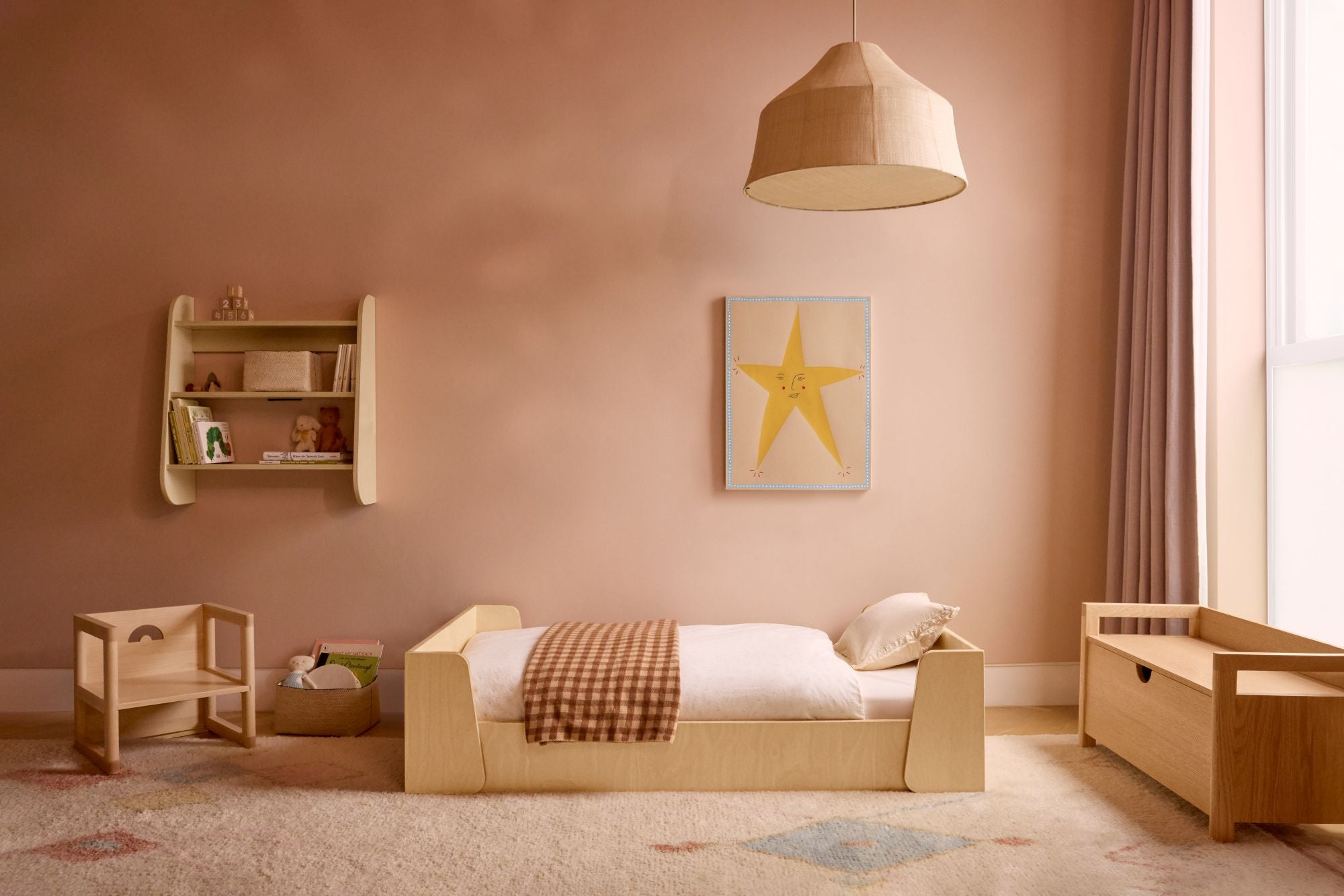


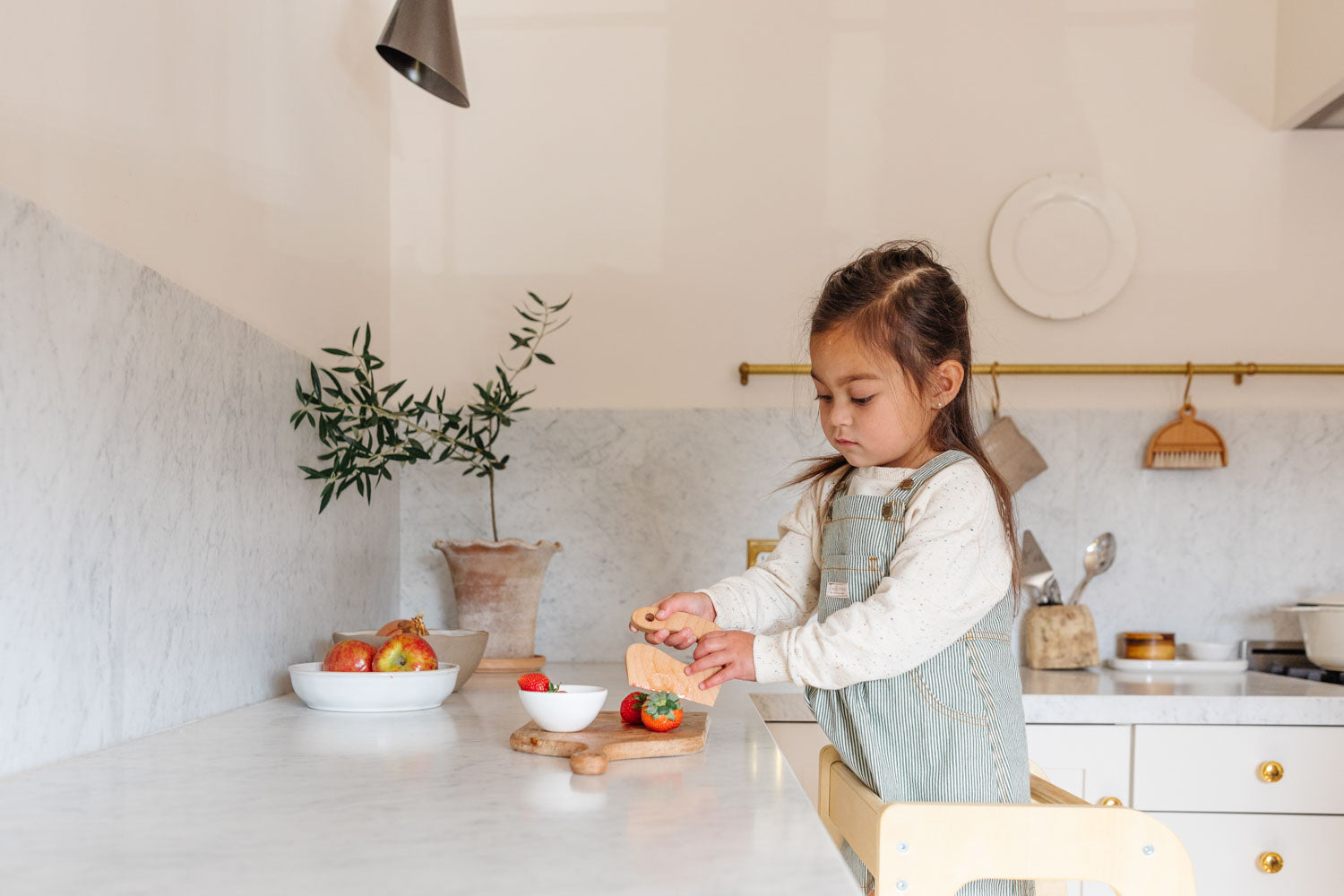
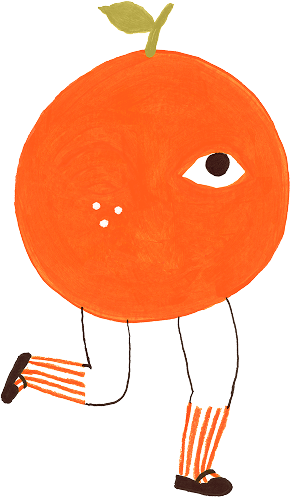
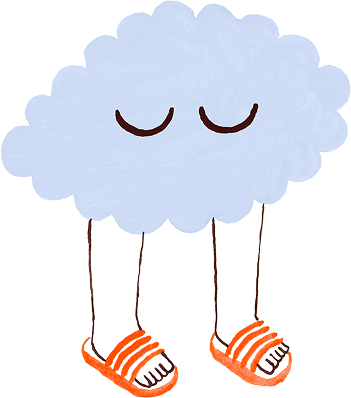
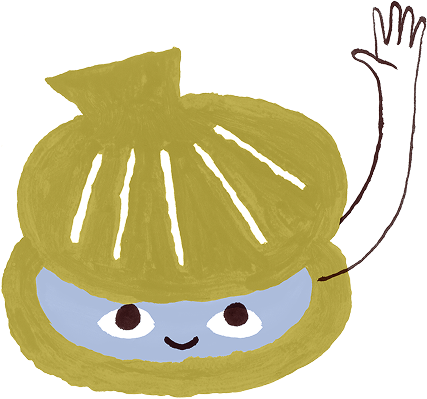
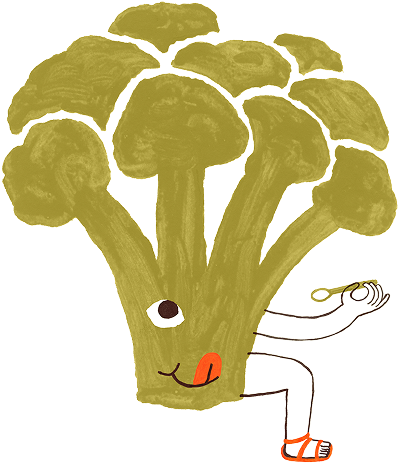
Leave a comment
This site is protected by hCaptcha and the hCaptcha Privacy Policy and Terms of Service apply.